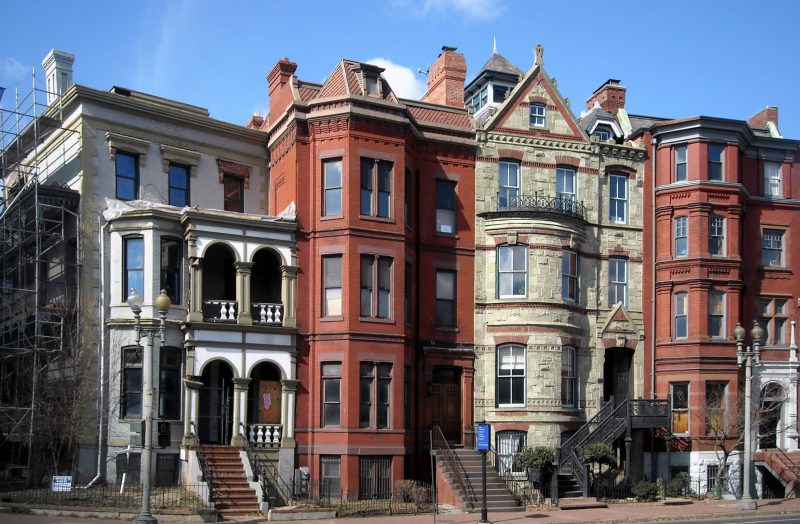Physical Address
304 North Cardinal St.
Dorchester Center, MA 02124
Physical Address
304 North Cardinal St.
Dorchester Center, MA 02124

My last post, on urban geographic constraints and housing prices, led to an interesting discussion thread. The most common counter argument was that because dense cities are usually more expensive, density must cause high cost. But if this was true, cities would become cheaper as they became less dense.
Most American urbanized areas have become less dense, not more, over time due to suburban sprawl. Even where city populations have grown, much of that growth has been in areas that where undeveloped a century ago. Thus, the developed part of even growing cities were, I suspect, more dense in 1917 than than they are today: for example, Manhattan’s population peaked at 2.3 million in 1910, about 40 percent more than its current population. So rents should have come down. Did they?
Apparently not. The Census date has statewide data showing that rents rose pretty much everywhere in real terms over the late 20th century. In the District of Columbia, real rents increased from $346 to $612 in real dollars between 1950 and 1990, even as the city was losing population and the region was de-densifying. If Washington is typical, it appears that lower density and higher rent went hand-in-hand.
Is there a spectrum of say 10 du/acre + where this holds true? Or maybe where densities are on the rise?
I expect that there is some truth in that people are attracted to people, and that the services and businesses that will concentrate near densities and redeveloping areas will have upward pressure for the asking price per square foot of living space. What I don’t expect is some one-size-fits all derivative to explain a linear relationship. It’s going to be more nuanced than that and I would expect it to be related to saturation points within the local housing market:
– residential densities
– local business climate / jobs
– transit accessibility
– school performance
– proximity to a growing college campus
If you could find a way to control for these things, I would nominate you for a nobel prize. Plus it would be fascinating to see the findings.
Of course, for many decades the conventional wisdom was that people AREN’T attracted to people- that the American (and worldwide) desire for more space was a natural human urge, and that cities were bound to de-densify forever. Indeed, this still seems to be the case in some metro areas.